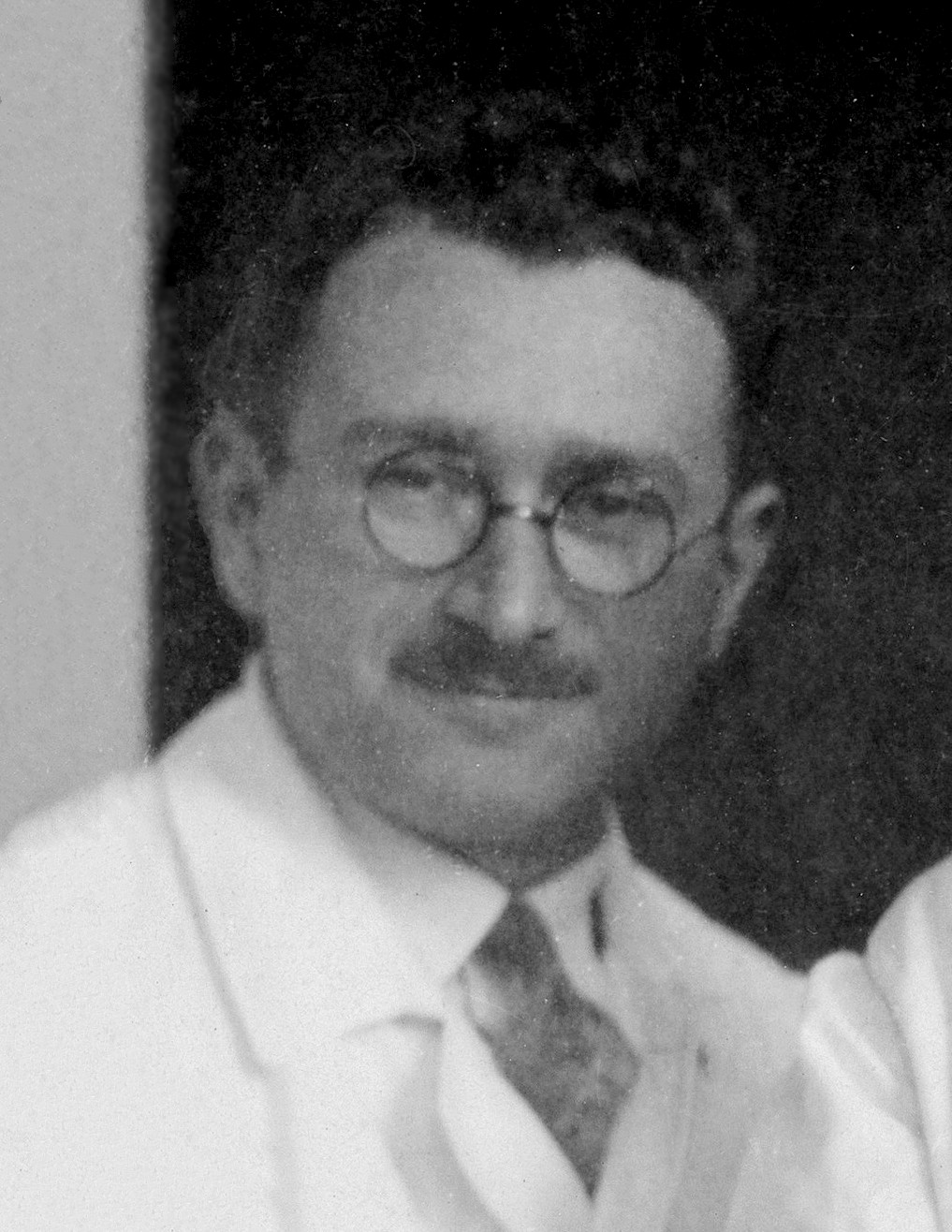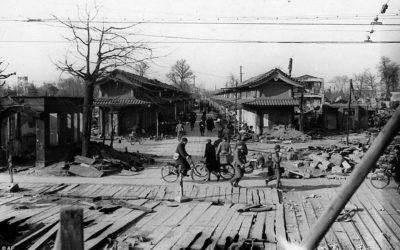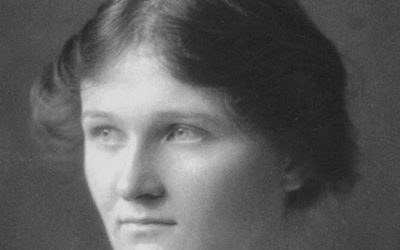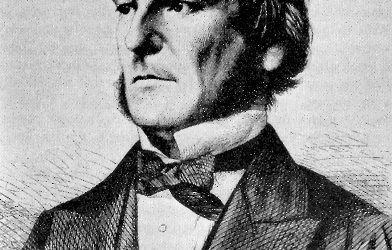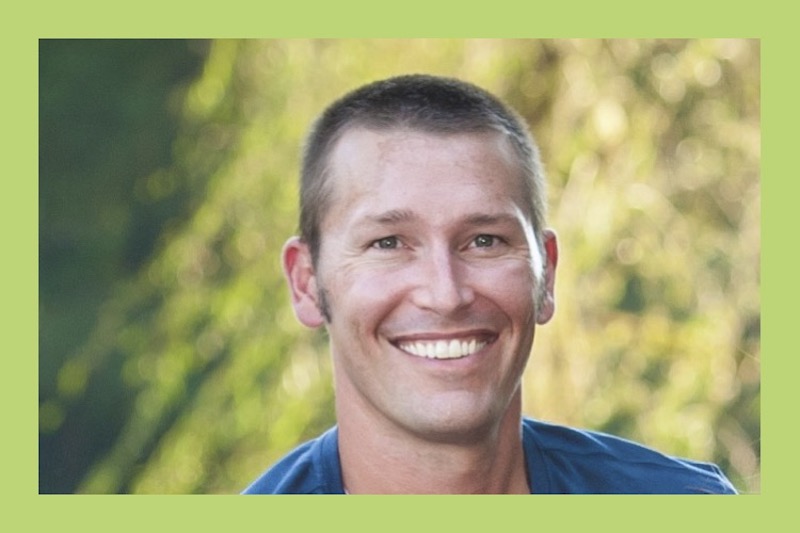One of the greatest, yet least remarked-upon advances made by the medical profession in the 20th century was the widespread adoption of physical therapy as a means of soothing pain, rebuilding muscular strength and restoring confidence to people with disabilities. At the turn of that century, hospitals were still for the most part places where patients were left in their beds in the hopes that their injured bodies would recuperate over time. As the decades passed, the health benefits of regular exercise for hospital patients became more generally known, and today it is rare to see an injured person not receiving some form of physical therapy as part of their recovery plan.
In fact, the ability of even people with permanent disabilities to participate in exercise is so widely recognized today that there exists a major sporting competition, the Paralympic Games, dedicated entirely to the performance of athletes with disabilities. Like its namesake, the Olympic Games, this competition is world-famous and draws thousands of athletes from across the globe. And all this began with the efforts of one of history’s bravest physicians, the German Jewish neurologist Sir Ludwig Guttmann.
Guttmann was born in Tost, Germany (now part of Poland) on July 3, 1899. Little is known about his early life, but it is recorded that he began to study medicine at the University of Breslau in 1918, eventually obtaining an MD six years later in 1924. By the late ‘20s he had become one of Germany’s top neurosurgeons and was working as an assistant to the eminent neurologist Otfrid Foerster. But his career took a horrible turn in 1933, when Germany’s new Nazi government ordered that Jewish physicians would not be permitted to work at hospitals that treated “Aryan” patients.
Guttmann took up residence at the Jewish Hospital in Breslau, where he eventually rose to the rank of director. His troubles were far from over, however, for the pressure on Jewish institutions under a regime that hated their very existence was ceaseless. The day after Kristallnacht, a brutal pogrom in which paramilitary troops assaulted Jews on the street and demolished their homes and businesses, Guttmann insisted that all who wished to enter his hospital should be admitted. In making his hospital a haven for those who had been assaulted, he made himself a target; the Gestapo questioned him about every admission, but Guttmann was firm in his insistence that all were legitimate patients. Ultimately, 60 of his 64 patients were spared a brutal interrogation and the considerable risk of being shipped off to a concentration camp that would have awaited them otherwise.
While Guttmann did his best to protect his patients, he could not endure the oppression of the Nazi regime forever, and finally he concluded that he needed to get himself and his family away from Germany. He got his chance in 1939, when he was sent abroad to treat a friend of Antonio Salazar, the fascist prime minister of Portugal. On his return, he was granted permission to stay briefly in England, and with the help of the Academic Assistance Council he was able to turn that short layover into a permanent change of address. A few years later he was chosen to head the National Spinal Injury Center at Stoke Mandeville hospital, and it was here that he would make his greatest contributions to the field of neuroscience.
Patients with spinal injuries in this period had a very poor prognosis to look forward to. Left in their beds with symptoms dismissed as incurable, many developed pressure sores and infections that lowered their life expectancy even further. Guttmann, after studying the latest techniques from the United States and England, determined that regular exercise was the solution. He created workshops where patients could do craft work, as well as encouraging them to engage in upper body-based sports like wheelchair polo, basketball and archery. His ideas eventually culminated in the 1948 Stoke Mandeville Games, in which sixteen World War II veterans with spinal injuries competed in an archery contest on the hospital’s lawn.
The games, which have been held annually from 1948 to the present day, grew in influence as the years went by. In 1952, a Dutch team competed for the first time, making the event international. By 1960, hundreds of athletes from 23 countries were participating, and the event was re-christened as the Paralympic Games. Like the Olympics, that year’s games were held in Rome, and for the first time they reached a worldwide audience. Guttmann’s dream of people surmounting their disabilities had come true.
Ludwig Guttmann was the best kind of doctor, a man who believed in his patients and urged them to live up to their fullest potential. Despite the setbacks of his career in Germany, and the horrible sights he had witnessed under the Nazi regime, he had no time for self-pity; he was too busy studying, lecturing, and doing his best for those under his care. The Paralympic Games that he founded stand as an eloquent and enduring testament to his philosophy, his dedication, and his heart.
Next Post: Juliette Gordon Low, the accident-prone girl whose love of outdoor activities led her to found the Girl Scouts of America as an adult.

